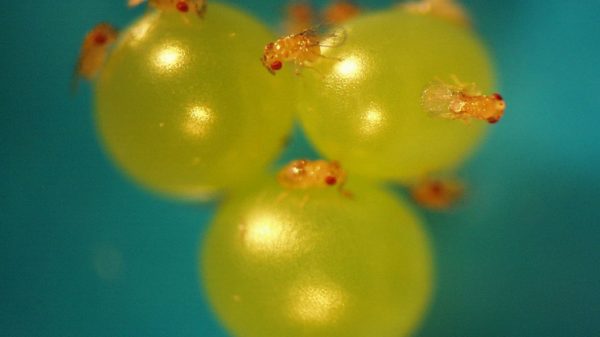Researchers are changing our understanding of this organ
Scientists' discovery of a 12,000-year-old preserved human brain may change what we know about this organ. Many of the oldest, best-preserved brains were found buried in mass graves. Scientists do not understand why they were preserved in such a specific way.

Experts have long believed that the human brain is one of the first organs to rot and decompose after we die, but new research shows that this is not true, writes the Daily Mail.
And in fact, according to a team of scientists from Oxford University, it turns out that the brain is preserved quite well, although they don't know how almost a third of the brain survived for so long. Until now, whenever archaeologists found an old, well-preserved brain, it was considered something of an oddity — or at least the result of deliberate preservation efforts by ancient people.
But the team behind the new study combed an archaeological archive of more than 4,000 human brains, many of them 12,000 years old or more, to determine the truth about brain decay. Scientists have concluded that the tissues that make up the brain resist destruction much better than scientists previously thought.
The organization of the brain depending on where it was found also showed that local environmental conditions can lead to to even better preservation.
Generally speaking, archaeologists find soft tissue such as muscle and internal organs much less frequently than objects such as bone and skin. Typically, decomposition is slowed down or stopped only by processes such as mummification, embalming or freezing. Very rarely, this may occur naturally, as with the remains of people buried in dry, mineral-rich soil, or with remains preserved in peat bogs. But for a long time it was believed that the brain is one of the first to be destroyed after death.
To challenge this, the team behind the new study scoured the scientific literature for evidence of preserved human nervous system tissue. With notes in hand, they analyzed the chemical and physical characteristics of the remains in question and looked at where they were found. This included not only where on the map they were found, but also what the climatic conditions were like when the person died and chemical evidence of the preservation of his brain.
The study included a total of 4,405 brain samples , found all over the world — mostly in Europe, none in Antarctica.
Among the samples, the researchers identified five different types of preservation: saponification, freezing, tanning, dehydration, and a mysterious category simply labeled «unknown.»
Brains preserved by unknown means make up almost a third of the brains recorded, the Daily Mail writes. Examples of this category have been found in shipwrecks, tombs, and wooden and lead coffins. In these ancient human remains, the brain is often the only soft tissue discovered by archaeologists.
Saponification is the same process that turns fat and lye into soap, and the resulting marrow can have virtually the same consistency, ranging from hard and crumbly to soft and pasty. This kind of preservation occurred when the chemical bonds of fats in the brain were broken down and their components combined with metals such as calcium, sodium or magnesium, forming a substance known as adipocera or «grave wax.» Most saponified brains are less than 200 years old.
Freezing is pretty self-explanatory, and it typically happened when someone died in a cold climate. Because cells can deteriorate after repeated thawing and refreezing—think frozen spinach after thawing—freeze-preserved brains are often difficult to study.
Tanning produces a «slightly pliable, dark-colored mass» similar to another familiar tanning product: leather. Tanning most often occurred with the brains of bodies preserved in peat because environmental conditions prevented bacterial destruction of the tissue.
Dehydration, the most common type of preservation, accounted for 1,667 specimens—38 percent. The loss of water meant that these brains eventually became quite fragile.
These brains were obtained either through natural processes such as hot, dry climates or exposure to air currents, or through actual deliberate mummification.< /p>
It is noteworthy that the "unknowns" the brains turned out to be similar in consistency and chemical composition. This group included 1,308 brains, almost a third. In these samples, these were the only soft tissue remains left from the skeletons, and they were the oldest, some being 12,000 years old. But scientists still don't know how this preservation method, which appears to be unique to the brain and not applied to any other tissue in the body, works. These brains were not found in a specific environment, but rather were often found in people who were buried in mass graves.
























































Свежие комментарии